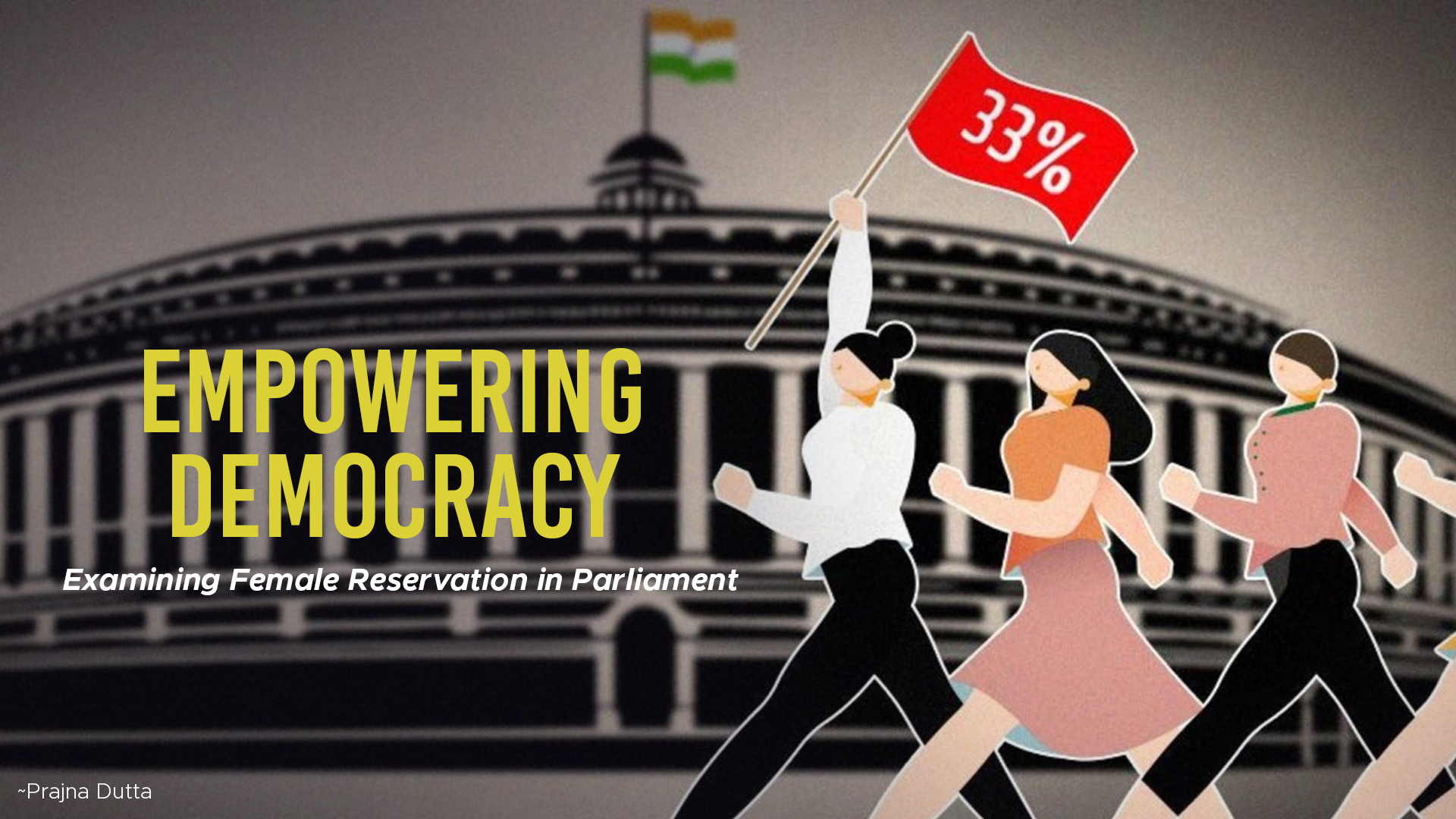Introduction:
In pursuit of gender equality and inclusive governance, many countries have implemented female reservation policies in their parliamentary systems. These policies aim to address the historical underrepresentation of women in politics and create a more diverse and representative democracy. While female reservation in parliament has its proponents and critics, it is crucial to analyze its pros and cons within the context of real-world examples.
Pros:
1. Advancing Gender Equality: One of the primary benefits of female reservation in parliament is the advancement of gender equality. Countries like Rwanda provide an inspiring example. With a parliamentary representation of over 60% women, Rwanda has made significant progress in bridging the gender gap and ensuring women's voices are heard in decision-making processes.
2. Diverse Representation: Female reservation facilitates diverse representation by ensuring that the perspectives and experiences of women are incorporated into policy-making. Sweden, known for its commitment to gender equality, implemented a quota system in the 1990s. As a result, women's representation in the Swedish Parliament increased significantly, leading to more inclusive policies in areas such as parental leave, childcare, and gender equality legislation.
3. Policy Focus on Key Issues: Research indicates that female politicians often prioritize social welfare, education, healthcare, and gender equality. Norway's experience with female reservation demonstrates this. With a quota of 40% women in parliament, Norway has made substantial progress in gender equality, including measures such as gender-neutral parental leave and increased support for women's economic empowerment.
4. Inspiring Role Models: Female reservation policies generate positive role models for future generations. New Zealand's Prime Minister Jacinda Ardern serves as an inspiring example. Her leadership and policies, including prioritizing child well-being and climate change, have inspired young women around the world to engage in politics and aspire to positions of power.
Cons:
1. Meritocracy Concerns: Critics argue that female reservation policies may compromise merit-based selection. However, India's experience with reserving seats for women demonstrates otherwise. The reservation policy has enabled the rise of highly capable female politicians who have made significant contributions to governance and policy development.
2. Tokenism and Symbolic Representation: Critics contend that female reservation can lead to tokenism, where women are included merely to meet quotas without genuine empowerment. However, the experiences of countries like Finland suggest otherwise. Finland's gender quota system has resulted in meaningful female representation, with women holding key ministerial positions and contributing substantially to policy formulation.
3. Backlash and Resistance: Some argue that female reservation policies may face resistance and backlash from male politicians. However, countries like South Africa have successfully implemented female reservation despite initial skepticism. Today, South Africa boasts a robust representation of women in parliament, fostering a more inclusive democracy.
4. Inadequate Representation of Intersectionality: Critics argue that gender-based quotas overlook other dimensions of diversity. While this concern is valid, countries like Bolivia have taken steps to address intersectionality. Bolivia's constitutional quota system includes provisions for indigenous and Afro-Bolivian women, ensuring a more comprehensive approach to representation.
Conclusion:
Female reservation in parliament represents a valuable and necessary step towards achieving gender equality and inclusive governance. Real-world examples demonstrate that such policies can empower women, enhance democracy, and result in more comprehensive and inclusive decision-making. While there are valid concerns, the positive impacts of female reservation policies far outweigh the drawbacks. By embracing these policies, nations can build stronger democracies that reflect the diversity and participation of all their citizens. It is crucial to complement female reservation with measures that promote women's political participation at all levels, address structural barriers, and foster societal transformation.
By implementing female reservation policies, countries can bridge the gender gap in politics and create more inclusive societies. Examples from Rwanda, Sweden, Norway, New Zealand, India, Finland, South Africa, and Bolivia showcase the positive outcomes of such policies. These countries have witnessed increased gender equality, diverse representation, policy focus on key issues, and the emergence of inspiring role models.
While concerns about meritocracy, tokenism, backlash, and intersectionality should be acknowledged, they should not overshadow the progress achieved through female reservation. Experience shows that capable women can rise to positions of power and contribute meaningfully to governance. Moreover, the inclusion of women in decision-making processes strengthens democracy by ensuring that all sections of society are represented.
To maximize the benefits and address the drawbacks, it is essential to adopt a holistic approach. This entails promoting gender equality beyond quotas, dismantling systemic barriers, and encouraging women's political engagement from grassroots levels to leadership positions. Additionally, comprehensive representation should be pursued, considering multiple dimensions of diversity, such as class, caste, race, ethnicity, and sexual orientation.
In conclusion, female reservation in parliament is a powerful tool for advancing gender equality and inclusive governance. Real-world examples demonstrate its positive impacts in various countries. While challenges exist, they should not overshadow the transformative potential of these policies. By embracing female reservation and implementing complementary measures, nations can build stronger democracies that reflect the diversity and aspirations of all their citizens.

OrNiqZwWvXmzgat
OrNiqZwWvXmzgat
KxlJriqGaYsDQXw